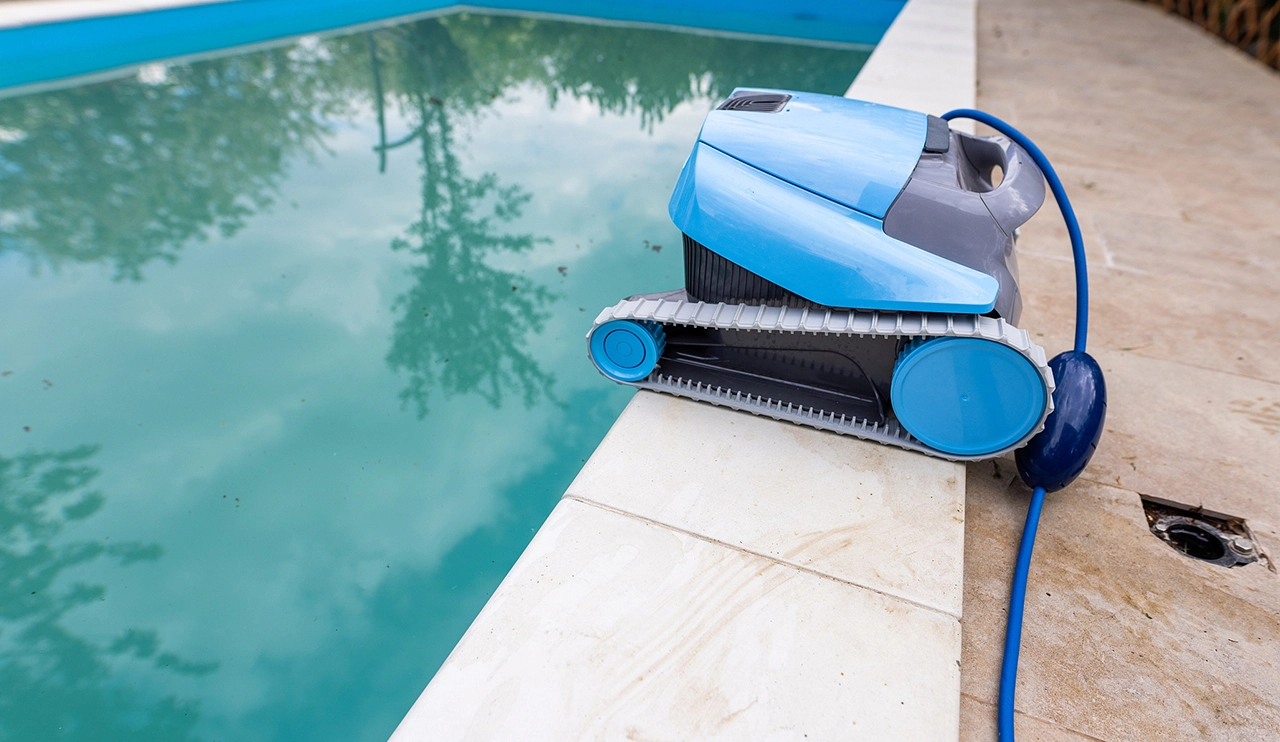
WIRELESS CHARGING IN THE NEWS
In today's rapid development of intelligent manufacturing, orbital inspection robots, as an indispensable part of factory automation, greatly improve the inspection efficiency and ensure the normal operation of equipment. With the increasing application, the charging method of orbital inspection robot has become a concern. Different working environments and usage needs have led to a variety of charging solutions. Faced with the requirements of long working hours and high frequency tasks, how to provide continuous and stable power support for these intelligent devices is an urgent issue for modern industry.
At present, among the charging methods widely used in orbital inspection robots, contact charging is a more traditional but still effective solution. This is usually done through a contact point on a charging post or track. The inspection robot stops at a designated charging station and transmits current through mechanical contact to the battery system inside the robot. The advantage of this charging method is that the technology is mature and stable, and it can provide high power charging in a short time to ensure that the machine can quickly restore the working state. However, due to the need for physical contact, contact charging is susceptible to environmental factors such as dust, moisture, or track wear, which can reduce charging efficiency or cause equipment failure.
With the continuous development of technology, wireless charging has gradually become a hot topic in the field of orbital inspection robot charging. Wireless charging technology can not only get rid of the restrictions of physical contact, but also flexibly realize charging during the movement of the robot, which greatly improves the convenience of use. At present, wireless charging mainly relies on electromagnetic induction and magnetic resonance technology. Electromagnetic induction transmits energy from the transmitting end to the receiving end by creating an electromagnetic field between the charging device and the robot. This technique has been successfully applied in many scenarios and has high transmission efficiency. However, the effective transmission distance of electromagnetic induction is short, which requires higher requirements for the placement of charging equipment and the alignment of robots. In contrast, magnetic resonance technology allows for longer charging distances, more relaxed Angle requirements, and the robot can obtain electrical energy supply during movement, without frequent docking and charging.
It is worth noting that with the advent of CHINA PARITY TIME wireless charging technology, the problem of high-power wireless charging has been further broken through. This technology can not only achieve higher transmission efficiency, but also significantly reduce the volume and weight of the equipment, which is very suitable for the lightweight design of orbital inspection robots. By optimizing the energy transmission path, CHINA PARITY TIME technology avoids the power loss caused by the change of transmission distance and Angle in traditional wireless charging, enabling the robot to operate more flexibly, and reducing the dependence on the charging environment.
In addition, hybrid charging is also a solution worth exploring. Some orbital inspection robots adopt the mode of combining contact and wireless charging, which uses contact charging during the idle time when the robot stops working, and maintains the battery power through wireless charging when the task is busy. This method effectively solves the bottleneck of insufficient wireless charging efficiency, and also avoids the limitations of a single charging method.
In the future, with the deepening of the application of orbital inspection robots in various industries, charging technology will be constantly updated. More efficient, flexible and intelligent charging methods will provide a strong guarantee for the continuous operation of robots, and also bring new opportunities for the further development of industrial automation.







